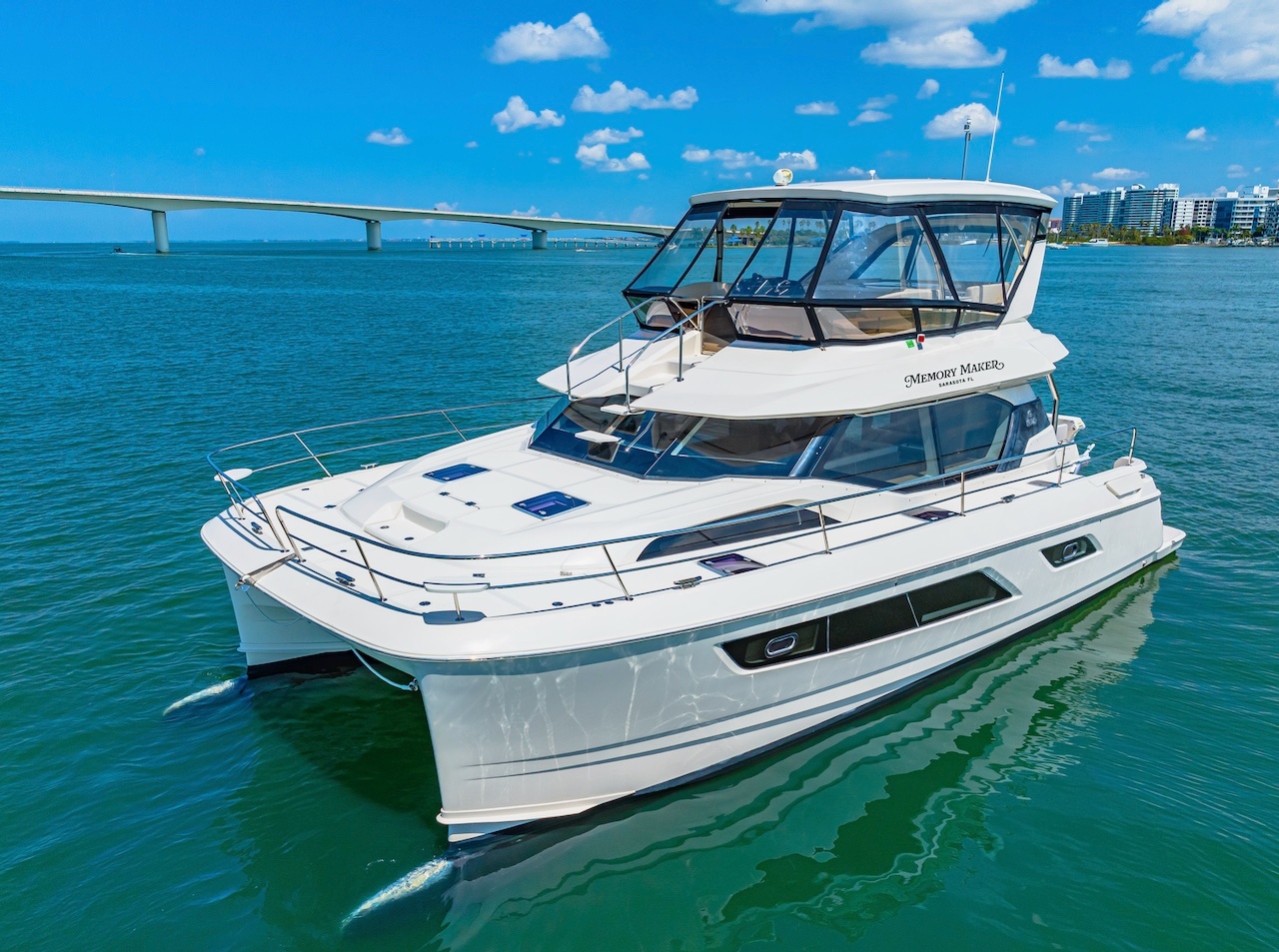Navigating Scenic Stops and Sandbar Fun in Lake Superior’s Waters
Lake Superior’s sweeping shores offer an adventurous blend of scenic stops and sandbar exploration. This guide balances practical tips with vivid descriptions to prepare you for an unforgettable day paddling, hiking, and relaxing amid one of North America’s most powerful freshwater landscapes.
Check Weather and Wind Conditions
Lake Superior’s weather changes rapidly; strong winds can make sandbar access tricky or unsafe. Plan your stops on calm days and monitor local forecasts.
Wear Grippy Footwear
Wet rocks and sandy shores require shoes with solid traction to avoid slips and provide support on mixed terrain.
Bring Extra Water and Snacks
Hydration and energy are crucial since trail amenities are rare near sandbars and scenic stops.
Time Visits Early or Late
Mid-morning and late afternoon offer calmer waters and softer light for views and photography, reducing exposure to peak sun and winds.
Navigating Scenic Stops and Sandbar Fun in Lake Superior’s Waters

Memory Maker: Full Day Charters
From $3,595 for up to 13 guests. 6-8 Hour Charter, Includes Captain, Mate and fuel!
Discover the stunning waters of Tampa Bay on a private full-day yacht charter with Kokomo Yachts. Perfect for relaxation or adventure, this experience offers personalized luxury aboard a sleek yacht. Keep reading to find out more about what makes this trip exceptional!
Lake Superior’s waters command respect—vast, clear, and often playful—beckoning adventurers to pause at scenic stops and explore its shifting sandbars. These natural formations, pushed and sculpted by relentless currents and seasonal winds, offer prime opportunities to stretch your legs, swim, or simply soak in landscape views that challenge the sky’s endlessness.
Planning your stops along Lake Superior's coastline requires awareness of tides (though minimal here, wave action mimics tide patterns) and weather changes that can turn sudden. Trails to popular sandbars often wind through mixed forests with gentle elevation gains around 200–400 feet, over terrains ranging from soft soil to scattered rock.
Expect periods of sun-dappled shade as trees lean toward the water, whispering as if to warn against complacency. The shallow waters around sandbars beckon, but currents dare you to stay aware—underwater channels are deceptively swift and variable. Timing your visit during mid-morning or late afternoon can avoid peak winds and maximize comfort.
Footwear with reliable grip is non-negotiable, especially when traversing wet, slick stones or moss. Bring layered clothing to adjust for sudden chills—Lake Superior's breezes shape-shift even on calm days. Carry more water than you think necessary; even brief stops in this wild place demand hydration.
For those hiking from nearby docks or access points, expect round-trip distances between 3 to 5 miles. The terrain is moderate, mostly flat to rolling hills, suitable for casual explorers but with enough natural challenge to hold interest for more seasoned hikers. The reward is not just the expansive water view but the tactile connection to sand and stone, the feeling of stepping onto a landform born of wind and wave.
Whether you’re there to explore, relax, or take photos, prepare for the land and water to assert themselves—not simply places to pass through but features to respect and understand. Keep an eye on weather updates, pack layers, set out early, and let each stop be a deliberate encounter with this fiercely dynamic environment.
Nearby Trips
All Adventures
Boat Charters
Water Activities
Adventures near Duluth
Discover the unique and memorable adventures that make Duluth special.
Frequently Asked Questions
Are sandbars safe to walk on around Lake Superior?
Generally, sandbars are stable but can be slippery or erode quickly after storms. Currents near bars may be swift and unpredictable, so always approach slowly and stay aware of water movements.
What wildlife might I encounter during these stops?
You’ll often spot bald eagles surveying shoreline trees, harbor seals occasionally resting on rocks, and in summer, various migratory waterfowl. Insects like dragonflies are common near water edges.
Is kayaking or canoeing recommended to access sandbars?
Yes, small boats provide flexible access, especially to less crowded or remote sandbars. Make sure to check wind and wave forecasts to avoid being caught far from shore.
Are there any historical or cultural sites near these scenic stops?
Many Lake Superior sandbars are near Ojibwe tribal lands and old shipping routes. Some stopping points show remnants of historic logging camps or old fishery sites worth exploring respectfully.
How can I protect the environment while enjoying sandbar areas?
Stay on durable surfaces, pack out all trash, avoid disturbing wildlife, and use reef-safe sunscreen. Sandbars are fragile ecosystems vulnerable to erosion and foot traffic.
What’s the best way to avoid crowds at popular stops?
Visit early on weekdays or choose less advertised sandbars. Exploring beyond main access points often rewards with solitude and untouched views.
Recommended Gear
Waterproof Hiking Shoes
Protect feet from wet rocks and sandy shores while maintaining grip.
Layered Clothing
Adjust for temperature swings and wind chills common along the lake.
Reusable Water Bottle
Maintain hydration during moderate hikes and shore stops.
Portable Snack Pack
Energy during prolonged exploration where amenities are scarce.
Local Insights
Hidden Gems
- "The Devil’s Island viewpoint—a lesser-known rocky overlook providing panoramic views of the lake's shifting sands."
- "Hidden coves near Park Point where small sandbars appear only during low wind periods."
Wildlife
- "Bald eagles nesting along the north shore"
- "Harbor seals visible during calm summer mornings"
- "Common loons calling at dusk"
History
"The shores of Lake Superior have long been a passageway for Native Ojibwe people and fur traders; logging camps from the early 20th century still leave faint traces. Sandbars occasionally reveal historic artifacts after storms."
